Kilimanjaro National Park
Tanzania’s Majestic Peak of Adventure and Ecological Wonder
Overview
Mount Kilimanjaro National Park houses Mount Kilimanjaro, standing at 5,985 meters tall, the most indispensable mountain peak of Africa and the world’s tallest unattached mountain. Mount Kilimanjaro is a standout amongst the most eminent sights in Africa, organized toward the east of Arusha and north of the nearby area of Moshi.
The Kilimanjaro national park has grouped vegetation that modifies step by step as you ascend to climb Kili’speak. The vegetation of the amusement focus comes to from the Savannah glades to the montane forest inciting the heath region and moorlands to hoisted deserts at the pinnacle of Kilimanjaro.
The extravagant mountain timberland of Kilimanjaro is possessed by leopardss, elephants, bison, the jeopardized Abbot’s duikers, and other little pronghorns, little gazelles, mandrills, Columbus monkeys, hedge infants and elands.
Mount Kilimanjaro National Park likewise has more than 150 aviary fauna types of which some are endemic to the zone while others are transient. White-necked Raven, blue snoozed mousebirds, since a long time ago followed trogon, dim hornbill, African fish falcons, white-cheeked barbet and African dwarf kingfisher are a segment of the feathered animals that can be found in the diversion focus.
Other than the ascending, this extraordinary pinnacle a grouping of exercises should be possible in the preoccupation concentrate such visiting its affinity, seeing untamed life on its inclines,
calculating trout or making an outing to the Chala Crater Lake at the southeastern evaluations of the mountain. Mountain Kilimanjaro Park has a great deal to offer.

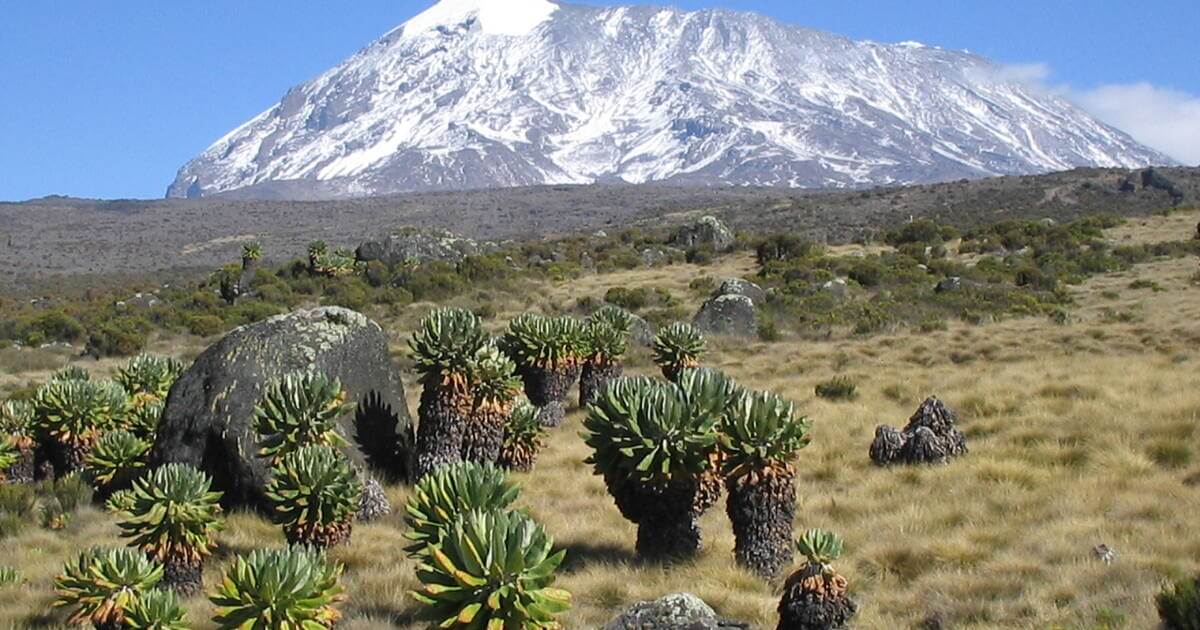
What To See
In Kilimanjaro National Park, visitors are drawn to the iconic Mount Kilimanjaro, Africa’s highest peak and one of the world’s most famous trekking destinations. The park is not only about the summit—its unique ecological zones range from lush montane forests to alpine deserts and arctic summit zones. Along the forested lower slopes, you may encounter Colobus monkeys, blue monkeys, buffaloes, elephants, and a rich variety of birds and butterflies.
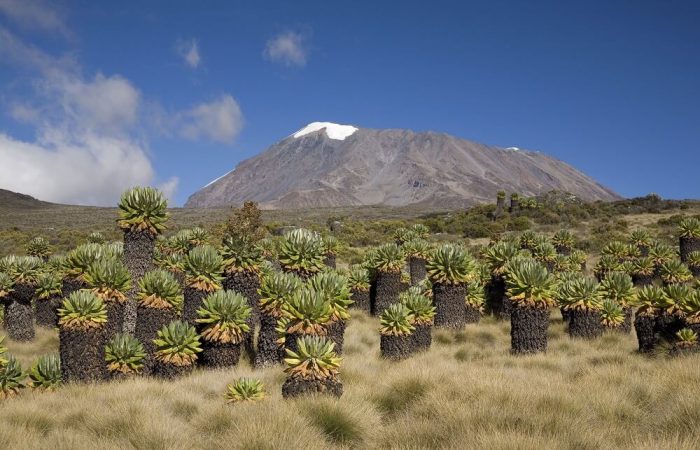
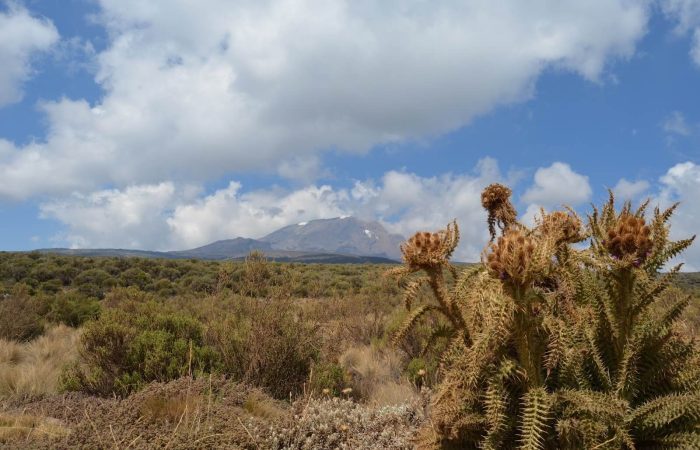


Activities in Kilimanjaro National Park
Trekking to the Summit
The park’s main attraction is the trek to Uhuru Peak (5,895m)—the roof of Africa. Several routes (Marangu, Machame, Lemosho, Rongai, etc.) offer varying levels of challenge and scenery. Treks usually take 5–9 days, passing through five ecological zones, from tropical forest to icy summit.
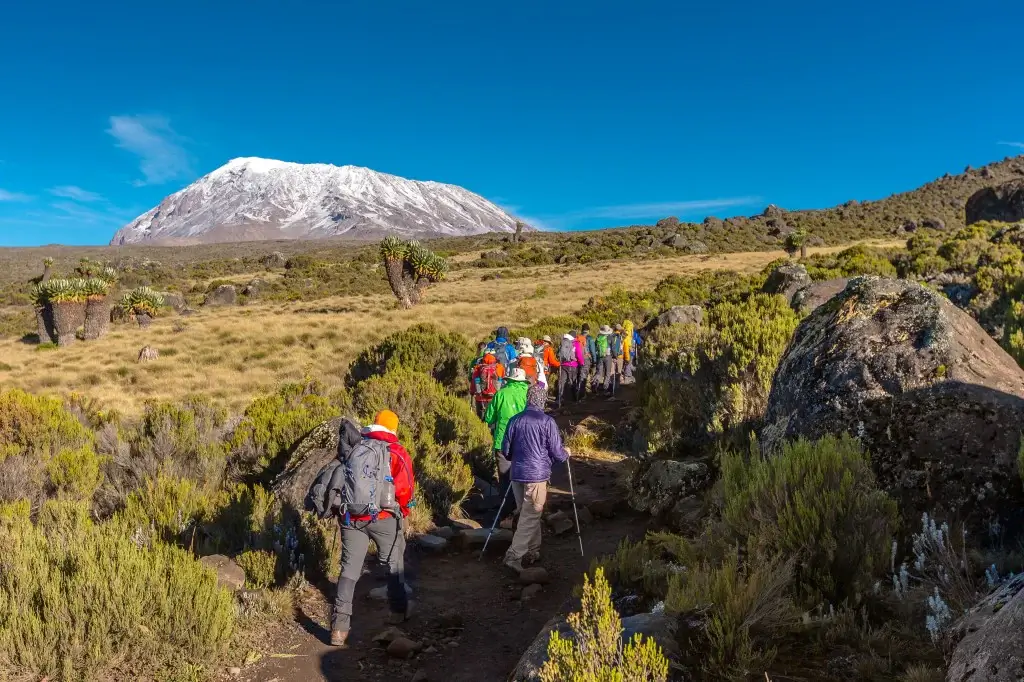
Day Hikes on Lower Slopes
For those not attempting the full summit, day hikes on the lower forested slopes offer a chance to explore Kilimanjaro’s biodiversity. These hikes lead to waterfalls, caves, viewpoints, and cultural sites.

Wildlife Viewing
While Kilimanjaro is not primarily a game park, its lower zones are home to elephants, buffaloes, antelopes, blue monkeys, and Colobus monkeys. Early morning and evening are best for spotting wildlife in forest clearings.
Cultural Visits
Explore Chagga villages around the base of Kilimanjaro to experience traditional life, banana and coffee farming, and local cuisine. Visit Marangu village, home to Chagga caves, waterfalls, and cultural museums.
Birdwatching
The park’s varied habitats support over 180 bird species. In the montane forest, you might see Hartlaub’s turaco, Tinkerbirds, Bee-eaters, and various sunbirds. Alpine zones also offer sightings of raptors like augur buzzards and lammergeiers.
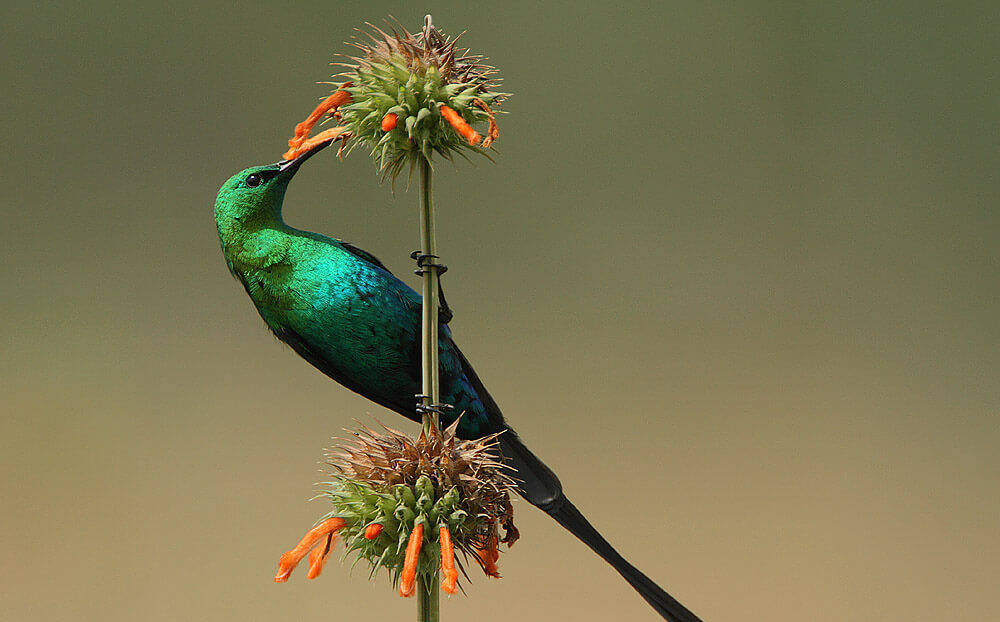
Photography Safaris
Mount Kilimanjaro offers some of Africa’s most iconic photo moments—from sunrise over the summit, to cloud forests teeming with life, and dramatic alpine landscapes. Wildlife, waterfalls, and cultural scenes enrich the experience.

Start designing your perfect Serengeti adventure now — tailored just for you. Choose your preferred lodges, safari activities, and travel dates, and let our expert guides craft a personalized itinerary that ensures every moment is unforgettable.


